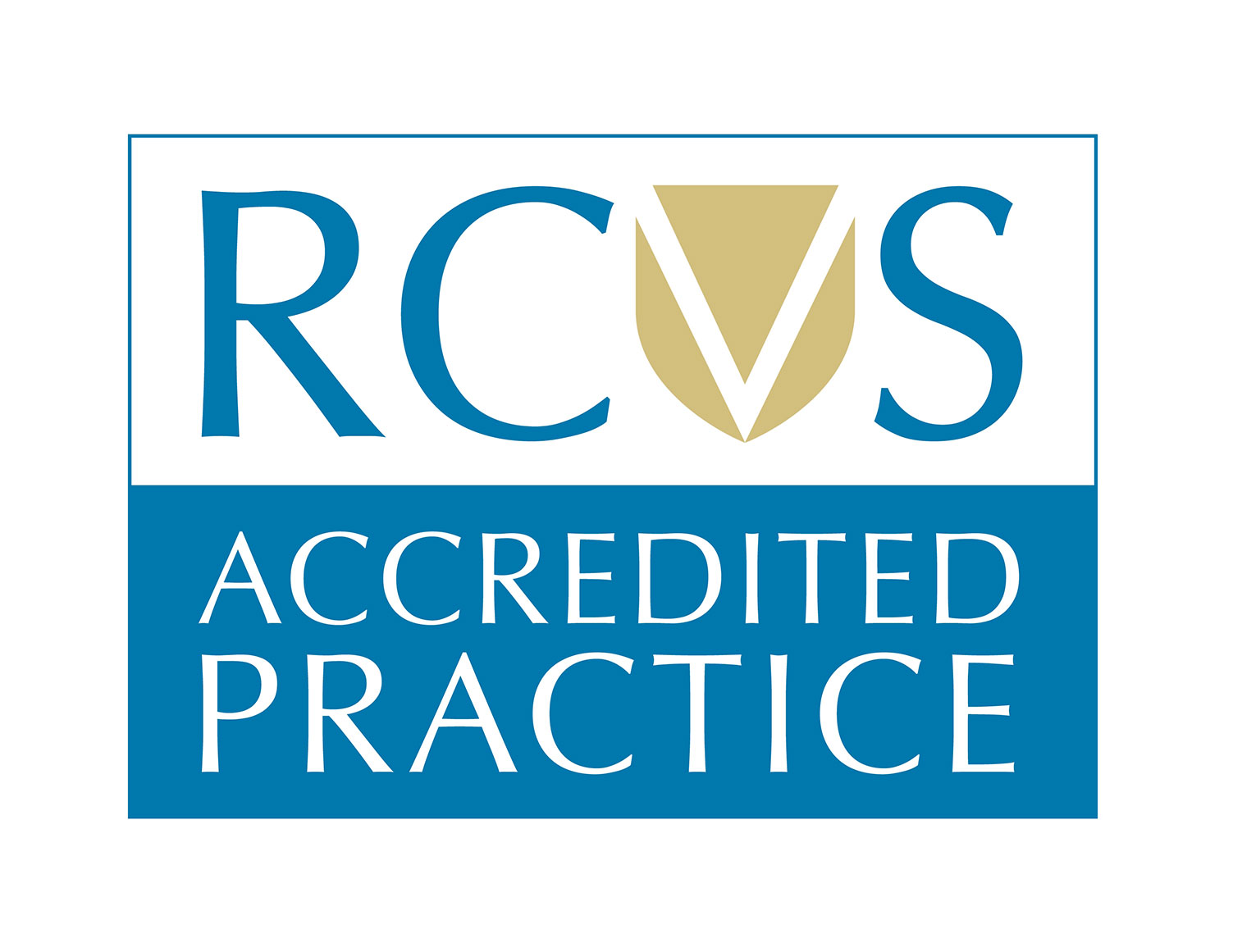Lameness in horses is a very common problem. Furthermore, lameness has a wide range of causes. Treatment and prognosis of lameness-causing injuries or diseases also varies immensely. This blog article outlines some causes of lameness in horses.
Signs of Lameness in Horses
There are a huge range of symptoms that could indicate lameness in horses, more of which are covered in our previous blog article. However, the main symptoms of lameness involve heat or swelling, and gait abnormality.
The horse may have an abnormal gait, be resistant or reluctant in certain gaits or particular movements (e.g. turns, circles) or demonstrate behavioural problems such as rearing. Horses may rush into or refuse jumps, be reluctant to move forward or show resistance to being tacked up. Heat or inflammation in the legs are another tell-tale sign of lameness in horses that should always be investigated.
It is important to understand that the degree of visible lameness may not correlate with the severity of the underlying cause. For this reason, it is always important to have lameness investigated by a vet, who will be able to carry out a full lameness exam.
Causes of Lameness in Horses
Lameness in horses can have a whole host of causes. Some instances of lameness may relate to injury, whilst other cases can involve disease or other ailments. Below is a brief outline of some of the causes of lameness in horses.
Foot Abscesses: One of the most common causes of lameness in horses, foot abscesses are localised infections in the hoof. As the abscess develops, it puts pressure on the rest of the hoof, which causes pain and discomfort to the horse.
Navicular Syndrome: Navicular syndrome is a common cause of forelimb lameness in horses, and it often affects both front limbs. Pain arises from the navicular bone and the surrounding soft tissue structures in the foot.
Degenerative Joint Disease (osteoarthritis): DJD is common in all horses. It encompasses wear and tear and joint injuries, that lead to chronic pain and inflammation. Degenerative Joint Disease usually causes a mild lameness initially that can deteriate with time.
Tendon and Ligament Injury: There are a number of tendons and ligaments in the lower leg. Due to the length and situation of these tendons, as well as the increased forces exerted onto them during fast work, jumping, lateral work and road work, these tendons and ligaments are more vulnerable to injury. The superficial digital flexor tendon (SDFT), deep digital flexor tendon (DDFT) and suspensory ligament are all especially prone to injury. Tendon and ligament injury can result from excessive wear and tear, strains, and strike injuries from overreach or hitting jumps or fences.
It’s worth noting that this list of possible causes of lameness in horses is not exhaustive and it is always important to seek advice from your vet if you think your horse may be lame. Dental problems can affect a horse’s way of going, as can poorly-fitting tack and back problems, so it’s important to keep an open mind when dealing with lameness.
Lameness Exams and Treatment
If you suspect that your horse is lame, it is important to call your vet. They will be able to carry out a lameness exam and recommend a treatment solution.
You vet will begin a lameness exam by taking a thorough history and examine the horse at rest. They will then want to see the horse walking and trotting in hand. See our article on how to trot up a horse for the vet for some useful tips. Flexion tests will often be performed before the vet assesses the horse on the lunge. Depending on the nature of the symptoms, the vet may want to see the horse lunged on soft and hard surfaces. Finally, the vet may want to assess the horse under saddle.
Once the lameness has been assessed, the vet will then look to identify the underlying cause. This may involve the use of nerve blocks, x-rays and / or ultrasound scanning.
Once a diagnosis has been reached, the vet will discuss treatment options with you. Treatment varies widely depending on the underlying cause of the lameness, and may include surgery, medication, exercise or rehabilitation programmes and / or shockwave therapy.
Avonvale Equine Vet Practice Lameness Investigations
At Avonvale Equine Vet Practice, we have a team of highly experienced and dedicated equine vets who carry out lameness exams. Our equine vets are able to investigate, diagnose and treat a range of lameness-related ailments both at your yard and at our equine vet clinic near Banbury. Our clinic is equipped with full surgical facilities, as well as cutting edge diagnostic equipment. Register with our independent equine vet practice today and find out more about lameness investigation and treatment at Avonvale Equine Vet Practice.







.png)
